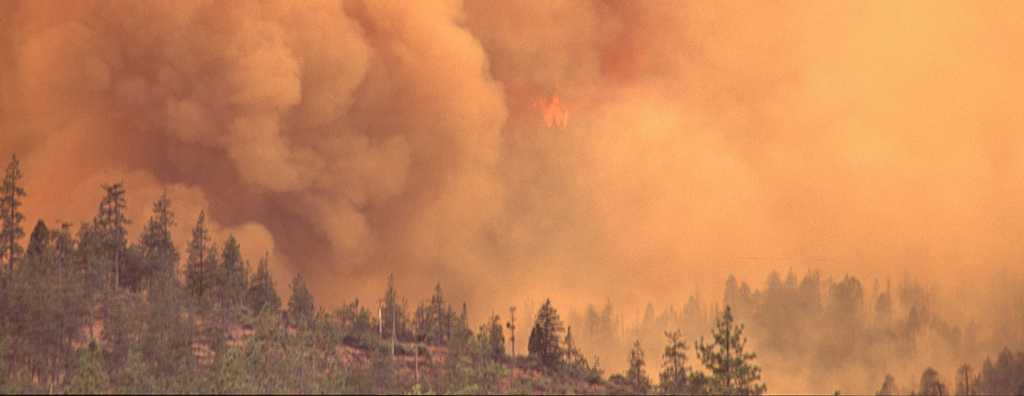
The Vetting is Done. Cap and Invest Funds Forests, Farms and Wildfire Protection.
Julius Pasay, The Climate Trust
As published by TriplePundit – February 9, 2018
As Oregon’s political leadership debates the details of a Cap and Invest bill to begin decarbonizing the state’s economy, opinions and misleading data threaten to overly politicize a forward-thinking plan to benefit the people and land of Oregon. Through all of this, there are some important points to keep in mind.
An Oregon Cap and Invest bill will bring revenue to the state of Oregon to help alleviate the state’s budget challenges. California’s cap and trade program has generated 4.4 billion dollars to the state between 2012 and 2017 [i].
Oregon can be a net exporter of carbon credits and bring out-of-state revenue to in-state forests and farms as California polluters look at states like Oregon to purchase offsets. This market linkage is already proposed in the bill and would bring the Oregon, California, Ontario and Quebec carbon offset markets together. Oregon, by far, has fewer greenhouse gas emitters than California, but a high potential to sequester carbon and reduce emissions in multiple sectors such as working forests, grazing lands and dairy digesters. By linking an Oregon-tailored Cap and Invest program to California’s, Oregon can have a seat at the table to write rules that work for Oregon farming and forestry. Currently, it is difficult for Oregon forests and farms to take advantage of California’s demand for offsets because they have to play by California’s rules.
Revenue from the Cap and Invest program can be used for forest management activities that reduce wildfire risk and protect communities vulnerable to wildfire. Fuel reduction thinnings and prescribed burning costs money. A share of Cap and Invest program revenues are earmarked to benefit rural communities impacted by climate change and to invest in forestry, agriculture, rangeland and coastal area carbon sequestration.
The Cap and Invest bill will not slow the Oregon economy. Luckily for Oregon, California has been the cap and trade guinea pig since 2013 and the data show that far from the negative impacts promised by attack ads and smear campaigns, their economy has thrived [ii]. In terms of forestry, California’s annual timber harvest volume does not appear to have been affected by the development of forest carbon offset projects and employment in the forest products industry has increased since 2013 [iii].
This bill is not a new idea and there has been plenty of time to argue the finer points. Oregon has been discussing and debating climate legislation aimed at reducing emissions since 2007. Many specific cap and trade bills have been introduced over the years, including HB 3545 (2007), SB 80 (2009), HB 3250 (2015), SB 1574 (2016) and SB 1070 (2017) to name a few. The time to pass the Oregon Cap and Invest bill is now.
[i] California Legislative Analyst’s Office, The 2017-18 Budget: Cap-and-Trade, February 2017.
[ii] California Air Resources Board, 2017 Edition, California GHG Emission Inventory, June 2017.
[iii] California Employment Development Department, California Labor Statistics, accessed online 1/8/2018.
Image credit: Flickr/Bureau of Land Management Oregon and Washington